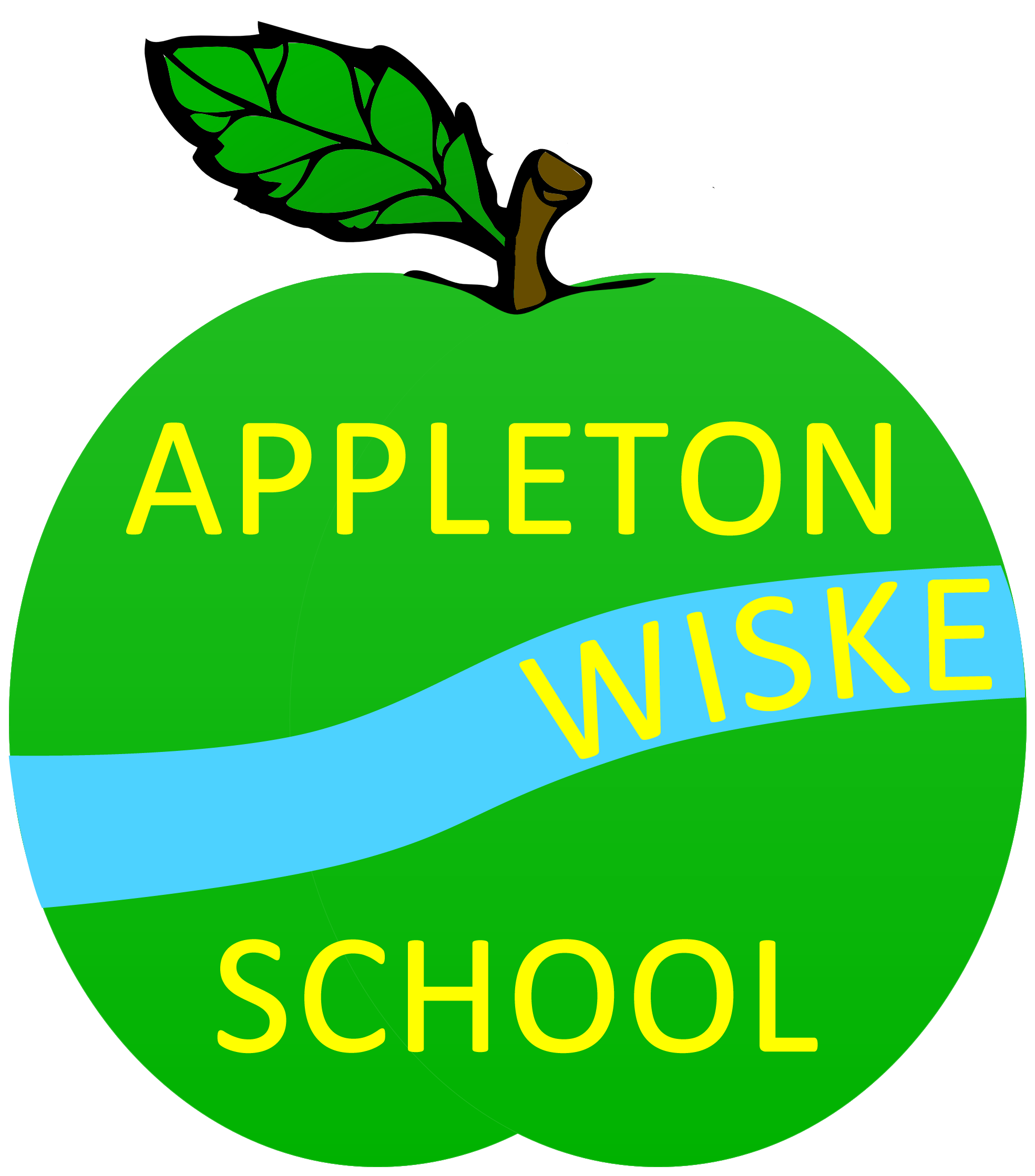Intent
Our computing curriculum aims to equip pupils with the computational knowledge and skills needed to use technology in their lives so that they become digitally literate in the future workplace and as active participants in the digital world. Pupils develop an understanding of the role computing plays in the 21st Century, and they apply their computing knowledge to other subjects such as mathematics, science and design technology. Through computer science, pupils are taught the principles of information and computation, digital systems and programming. At our school, pupils will:
- Develop an understanding of the fundamental principles and concepts of computer science
- Learn to use a variety of computing resources including devices and software for a range of purposes
- Apply their understanding of digital literacy, information technology, algorithms and programming to analyse and solve problems
- Learn to be responsible, competent, confident and creative users of information and communication technology
- Develop skills and strategies that will enable them to stay safe online through their knowledge and understanding of e-safety
Implementation
In planning the computing curriculum, the school’s context has been carefully considered so that learning has real purpose and provides our pupils with the necessary skills and knowledge required to be successful in the digital world. The EYFS Curriculum for Understanding the World is taught in a variety of ways through adult-led, adult-supported and child-initiated learning in well-resourced areas of provision. Pupils are taught the knowledge and skills for ‘Technology’ using a thematic approach which ensures progression as pupils move from EYFS to Key Stage 1. In Key Stage 1 and Key Stage 2, the school’s long term plan maps out the four areas of computing (e-safety, digital literacy, programming, information technology) throughout the year in a clear sequence to ensure appropriate curriculum coverage and progression of skills. In Key Stage 1, pupils develop their understanding of algorithms; create simple programs and solve problems; predict the behaviour of simple programs; create, organise, store, manipulate and retrieve digital content; learn about common uses of information technology; learn how to use technology safely and respectfully. In Key Stage 2, pupils learn how to design and create programs that accomplish specific goals; use sequence, selection and repetition in programs; explain how some simple algorithms work and detect and solve problems; develop their understanding of computer networks including the internet; use search technologies effectively and evaluate digital content; select, use and combine a variety of software on digital devices to accomplish goals such as collecting, analysing, evaluating and presenting information; use technology safely, respectfully and responsibly. Pupils use a wide range of resources and software to support their learning including laptops, iPads, Microsoft Office, Purple Mash, the internet, Readiwriter and Mathletics. The computing curriculum is delivered through discrete lessons, focusing on specific skills and knowledge appropriate to each phase of learning, as well as through other subjects so that links may be made between computing and other curriculum areas.
Assessment:
Pupils are assessed according to the criteria set out in the Early Years Foundation Stage and National Curriculum for Years 1 to 6. In EYFS, regular observations and assessments of learning are recorded using Learning Journeys and the school’s Early Years online monitoring system. Pupils are assessed at the end of EYFS using the Early Years outcomes for ‘Technology’. In Key Stage 1 and Key Stage 2, the school’s Computing Progression Grid is used for planning, tracking and assessment, and provides clear progression through the skills and knowledge needed in each year group. Pupils’ computing work is recorded in individual folders on the school network, and pupils have personal login details for Purple Mash where work can be stored, all of which contribute towards formative assessment of skills and knowledge. Summative assessment is tracked on the school’s electronic tracking system and used to measure pupil progress. Monitoring of the subject is carried out by the Computing Leader/Head Teacher.
Impact
Our pupils receive a good quality computing curriculum which provides them with regular opportunities to develop their use of different programs, platforms and software across the curriculum. Progression of knowledge and skills is clearly sequenced and cumulative, ensuring pupils build on prior learning experiences so that they understand and can apply this to future learning in the digital world.
